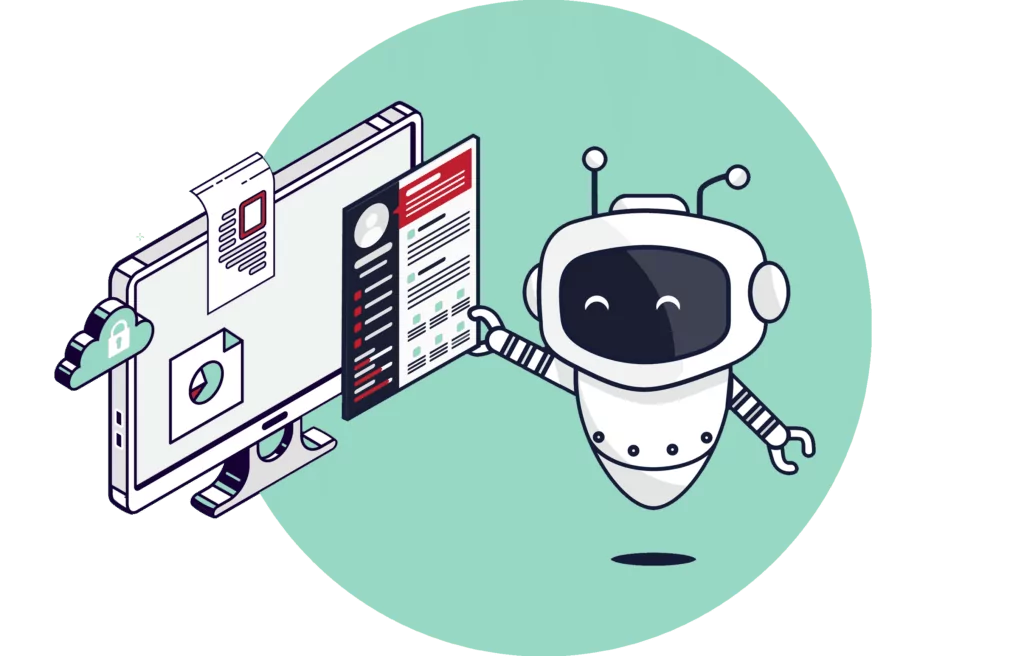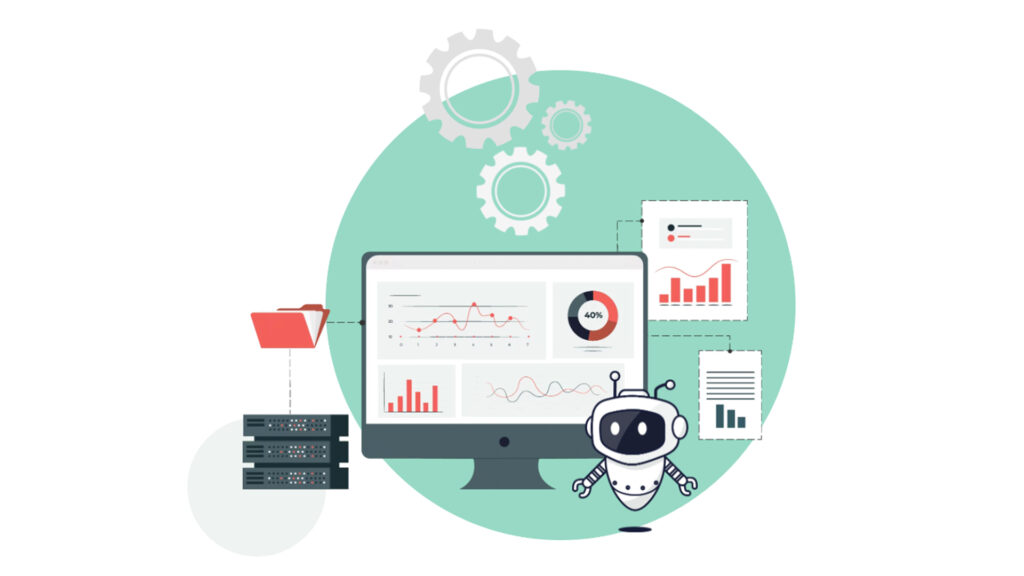- All
- HR
- HR-Tech
Employee Engagement – The Utrecht Work Engagement Scale
Author Michaella Masters Michaella is the Community and Content Strategist at Videolab, where she has played a big role in shaping the company’s online presence and content strategy. Over the last years, Michaella has developed her understanding in patient data privacy and security, medical communication, soft skills training, and the technology that supports these critical…
Self-Determination Theory – Motivation at Work
Have you ever wondered about the factors that drive your motivation and well-being in the workplace? Have you felt a strong sense of autonomy, competence, and connection with your work tasks? If so, you might have experienced the principles of the Self-Determination Theory influencing your work life. Coined and outlined by Deci and Ryan in…
Work engagement theory and how to measure work engagement
Have you ever felt that you have been physically, cognitively or emotionally engaged in your work? Then it could be that you were personally engaged at work. Personal engagement at work is a term that was first defined in Kahn (1990)’s paper titled “Psychological Conditions of Personal Engagement at Disengagement at Work”. In this paper…
Employee motivation analysis: a simple guide
Have you ever wondered what drives employees to perform their best, go above and beyond and stay engaged in their work? In today’s fast-paced and competitive business environment, understanding and nurturing employee motivation is essential for organisational success. In this article, we will explore what employee motivation analysis entails, its importance, and review different models…
How to make remote teams work
Remote work, also known as telecommuting or working from home, is a type of work arrangement in which employees do not need to be physically present at the office in order to perform their job. Instead, they can use laptops, smartphones or other technology to communicate with their colleagues and complete their work tasks from…
Five risks of AI in data driven HR.
Today when you think of AI the first thing that comes to mind is chatGPT, the recent chatbot launched by openAI. But that is neither the beginning nor the end. In data driven HR AI is also making a revolution. AI in data driven HR can tell us whom to hire, whom to promote, what…
Employee Engagement Management : Who is Responsible?
Engaged employees are the lifeblood of any organization. They feel connected to the work they do, and show concern for team success and organizational outcomes. They are dedicated, share the organization’s mission and goals …
Conducting a Cultural Analysis: A Simple Guideline
Ping-pong tables, zen rooms, fun and open offices…
Do any of these remind you of something?
These staples of modern day startups have …
From 0 to 360, a practical guide to 360 degree feedback
360 Degrees feedback is a feedback methodology where all the stakeholders around a specific employee are asked to provide feedback about said individual. The subject of the feedback is sometimes called the “focus” of the survey. The other respondents are their peers, their direct reports, their boss(es), and in some cases their …








